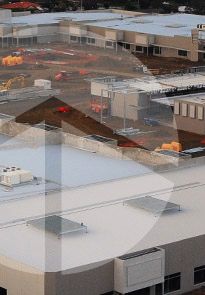

The AG has also used an approach to warn industry, the scientific community, and other relevant groups of the risk of inadvertently aiding BW proliferation. Members develop and share the warning lists with their chemical industries and ask industry to report on any suspicious transactions. The Group has issued an informal “warning list” of dual-use CW precursors and bulk chemicals, and on CW-related equipment. In tandem with export controls, the AG has periodically used warning mechanisms to sensitize its public to CBW proliferation. For BW, members have established export controls on certain microorganisms, toxins, and equipment that could be used in a BW program. For CW, members of the AG control a list of 54 chemical precursors and a list of CW-related production equipment as well. The Group has established common export controls for chemical and biological weapons nonproliferation purposes. On December 10, 1992, the AG issued its first joint background paper on the Group's activities. The Group has no charter or constitution. Requests by other states to join the Group are considered on a case-by-case basis. There are presently 30 members of the Group, including: EC-12, Australia, Argentina, Austria, Czech Republic, Hungary, Iceland, New Zealand, Japan, Canada, Norway, Finland, Sweden, Switzerland, Poland, Romania, the Slovak Republic, South Korea, and the United States. The Group's actions are viewed as complementary measures in support of the 1925 Geneva Protocol, the 1972 Biological and Toxins Weapons Convention and the 1993 Chemical Weapons Convention. Members meet annually in Paris, where the 1925 Geneva Protocol is deposited. The Group was formed in 1984 as a result of CW use in the Iran-Iraq war.

Chaired by Australia, the “Australia Group” (AG) is an informal forum of states whose goal is to discourage and impede chemical weapons (CW) proliferation by harmonizing national export controls on CW precursor chemicals, sharing information on target countries, and seeking other ways to curb the use of CW.


 0 kommentar(er)
0 kommentar(er)
